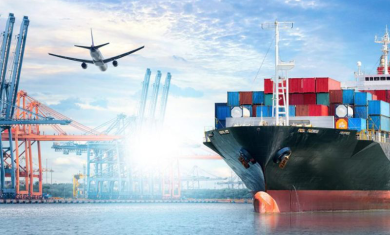Key Factors Influencing Ocean Freight Rates
Fuel Prices:
When oil prices rise, shipping lines increase their Bunker Adjustment Factor (BAF) surcharges to offset operational costs.
Fluctuations in Brent/WTI crude oil prices directly impact freight rates.
Container and Vessel Shortages:
A common shortage of empty containers at major ports like China, India, and the U.S. significantly drives up prices.
Similarly, a lack of vessels on regular routes also causes prices to escalate.
Port Costs and Carrier Surcharges (Local Charges):
Fees such as Terminal Handling Charge (THC), Container Imbalance Charge (CIC), Delivery Order (D/O) Fee, lifting charges, and container cleaning fees fluctuate based on market conditions at each port.
Geopolitical Volatility and International Conflicts:
Events like heightened conflicts or embargoes can disrupt shipping flows, leading to increased costs or route diversions.
International Policies and Regulations:
New regulations, such as IMO 2020 (lowering sulfur content in fuel), insurance laws, and customs procedures, can increase carriers' operating costs, thereby affecting freight rates.
Port Capacity and Cargo Handling Speed:
Port congestion, labor shortages, or a lack of lifting equipment can lead to cargo backlogs, increasing storage fees and carrier costs, which in turn push up overall freight rates.
Please contact us for a quote.
PHUOC TAO LOGISTICS JOINT STOCK COMPANY
🌐 Website: www.phuoctaolog.com
📧 Email: mkt@phuoctaolog.com
📞 Hotline: 028.36365391
📍 Office: 2A Ton That Thuyet, Xom Chieu Ward, Ho Chi Minh City




